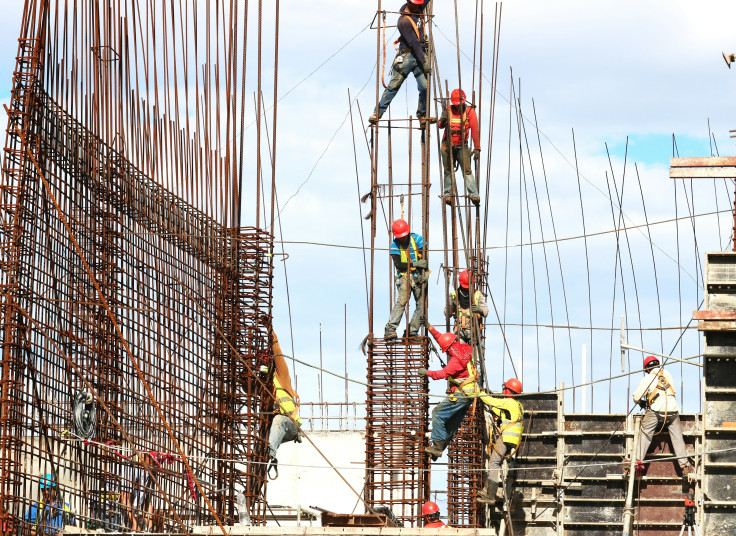A new report from the International Labour Organization (ILO) highlights that international migrant workers represented 4.7% of the global workforce in 2022, totaling 167.7 million people. The report shows that while migrant workers are a vital part of the global economy, they face significant challenges, including higher unemployment rates and gender-based inequalities.
The report reveals that migrant workers are primarily employed in high-income countries such as those in Europe, North America, and the Arab States, which together account for 68.4% of all migrant workers. These regions rely heavily on migrant labor, particularly in sectors like healthcare and construction, due to aging populations and the need for post-pandemic recovery.
However, despite their high participation rate of 65.8%, migrant workers experience a higher unemployment rate (7.2%) compared to the local workforce (5.2%). Women, who make up 38.7% of the migrant workforce, face even greater challenges, including an 8.7% unemployment rate. Female migrant workers are often concentrated in care-related roles within the services sector, where they encounter economic and social inequalities.
The report also highlights gender disparities, noting that female migrant workers face barriers such as language limitations, unrecognized qualifications, and lack of childcare options. These factors limit their access to full-time or formal employment, particularly in high-income countries.
In Latin America and the Caribbean, migrant workers make up 4.7% of the global migrant workforce, with 7.9 million migrants participating. Women are notably present in the services sector, but challenges related to decent work, labor conditions, and gender equity persist.
The report highlights the need to address these inequalities to ensure that migrant workers, particularly women, can fully contribute to the global economy. It urges employers and governments to implement integration programs, equitable policies, and support systems to reduce imbalances and unlock the full potential of migrant workers.

